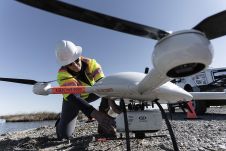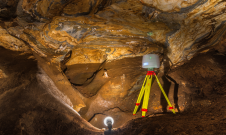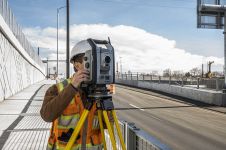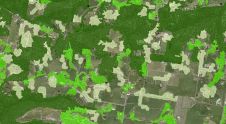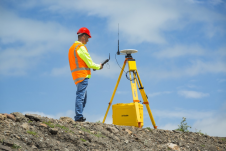欧洲航天局发送埃俄罗斯Lidar-equipped风卫星into Orbit
This article was originally published inGeomatics World。
ESA的Earth Explorer Aeolus卫星已成功地发射到Vega Rocket上的Polar Orbit中。使用革命性的激光雷达技术,Aeolus将测量全球风,并在寻求更好地了解气氛的工作中发挥关键作用。重要的是,这个新颖的任务还将改善天气预报。
Carrying the 1,360kg Aeolus satellite, the Vega rocket lifted off from Europe’s Spaceport in Kourou, French Guiana, at 21:20 GMT (23:20 CEST, 18:20 local time) on 22 August. Some 55 minutes later, Vega’s upper stage delivered Aeolus into orbit and contact was established through the Troll ground station in Antarctica at 00:30 CEST on 23 August.
Named after Aeolus, who in Greek mythology was appointed ‘keeper of the winds’ by the Gods, this novel mission is the fifth in the family of ESA’s Earth Explorers, which address the most urgent Earth-science questions of our time.

Pioneering Lidar technology
“风道体现了地球探险家的本质。这将填补我们对地球如何运作的知识的差距,并证明如何在太空中使用前沿的激光雷达技术。”欧洲航天局(ESA)总干事JanWörner说。
ESA的地球观察计划主管Josef Aschbacher补充说:“ Aeolus携带着同类产品的第一个工具,并采用了一种全新的方法来测量太空风。这样的开创性技术意味着这是一项艰巨的任务,但是由于所有涉及的团队,我们感到非常兴奋的是,这款非凡的卫星现在在轨道上。我们期待它达到期望!”
在世界气象组织的强调,缺乏直接的全球风测量值是全球观察系统中的主要缺陷之一。通过填补这一空白,Aeolus将为科学家提供他们所需的信息,以了解风,压力,温度和湿度如何相互联系。这项新任务将提供有关风如何影响地球表面和大气之间的热量和水分的交换的见解 - 了解气候变化的重要方面。
Doppler wind Lidar
Aeolus拥有有史以来最复杂的仪器之一。Aladin仪器中的第一个类型包括革命性的激光技术,以产生紫外线的脉冲,这些脉冲被放入大气中,以介绍世界风,这是一种从空间中测量风的全新方法。多普勒风能激光雷达将探测大气中最低的30公里,以测量围绕我们星球的风。
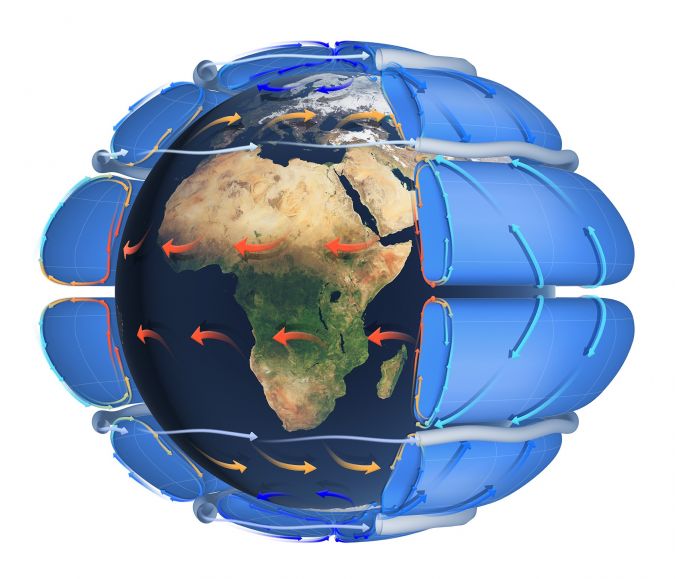
While Aeolus is set to advance science, it will also benefit society. Although weather forecasts have advanced considerably in recent years, Aeolus will provide global wind profiles to improve the accuracy even further. In addition, its data will be used in air-quality models to improve forecasts of dust and other airborne particles that affect public health.
该卫星由德国达姆施塔特ESA的欧洲太空运营中心控制。控制者将在接下来的几个月中仔细检查和校准任务,这是其调试阶段的一部分。
Source: ESA.



